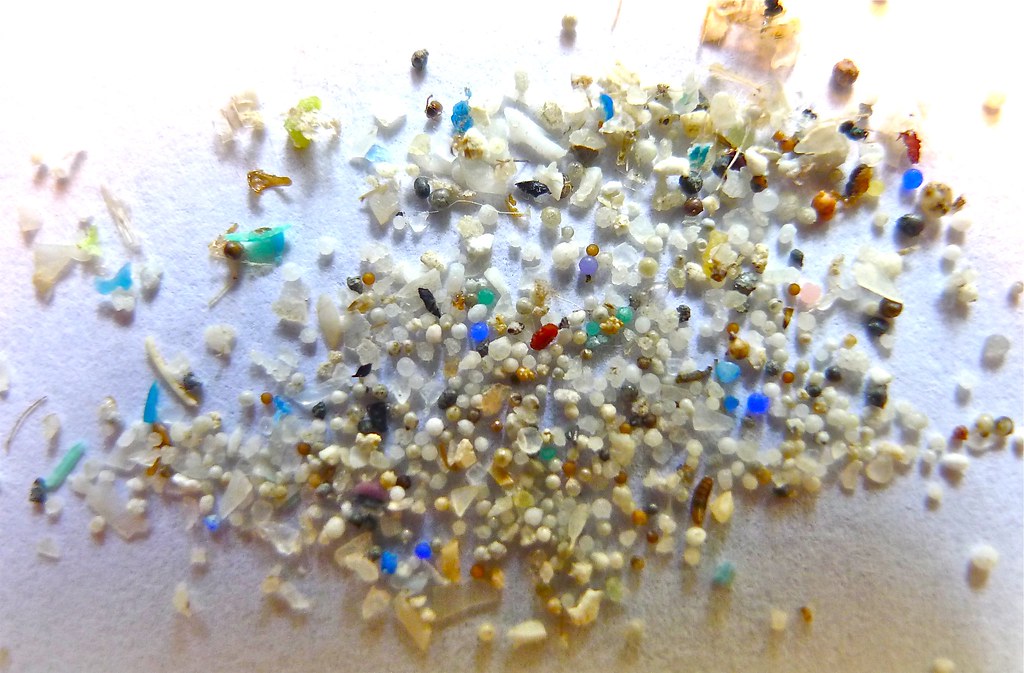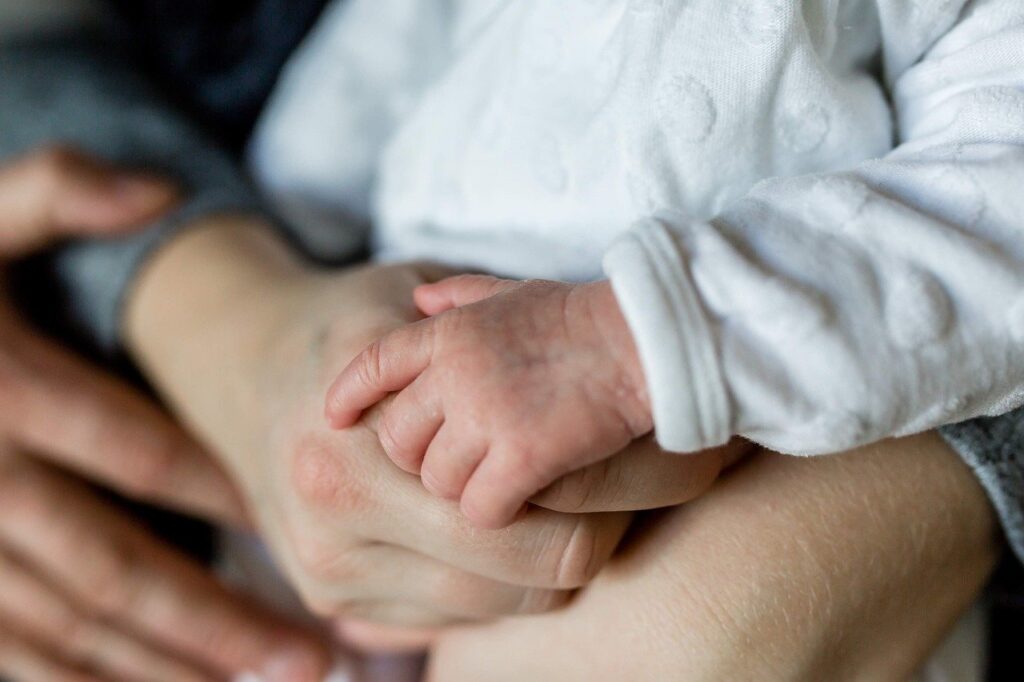The discovery of microplastics in every human placenta tested has sparked significant concern among scientists about the potential health impacts on developing fetuses. In a groundbreaking study, researchers analyzed 62 placental tissue samples and found that every single one contained microplastics, with polyethylene being the most common type detected. This plastic is widely used to make everyday items such as plastic bags and bottles. The presence of microplastics in human arteries, blood, and breast milk further indicates a pervasive contamination of our bodies, the health implications of which remain largely unknown.
The study, led by Prof Matthew Campen at the University of New Mexico, revealed concentrations of microplastics in placental tissue ranging from 6.5 to 790 micrograms per gram. This is a startling discovery, considering the placenta is an organ that develops over a relatively short period of eight months. The concern is that these particles could lodge in tissue and cause inflammation or that the chemicals in the plastics could be harmful. Campen expressed deep concern, stating, “If we are seeing effects on placentas, then all mammalian life on this planet could be impacted. That’s not good.”
The research team employed a novel high-resolution technique to identify these microplastics. By using chemicals and an ultracentrifuge to separate the particles from the tissue, followed by heating to analyze the chemical signature, the scientists were able to detect various types of plastics, including PVC and nylon. This method, paired with clinical metadata, is considered pivotal for evaluating the potential impacts of nano microplastics on pregnancy outcomes.

The ubiquity of plastic waste in the environment has led to microplastics polluting every corner of the planet, from the peaks of Mount Everest to the depths of our oceans. Humans ingest these tiny particles through food and water and breathe them in, with studies showing their presence in the feces of both babies and adults. The increasing global production of plastics suggests that the problem will only worsen, with Campen warning of a growing concentration of microplastics in human tissue. “Other organs of your body are accumulating over much longer periods of time,” he added.
The health effects of microplastics are still being investigated, but early research indicates that they may be capable of crossing cell membranes and causing damage to human cells in the laboratory. The potential for these particles to disrupt fetal brain development and cause suboptimal neurodevelopmental outcomes is particularly concerning. The wide range of microplastic concentrations found in human organs, including the placenta, could be influenced by environmental, dietary, genetic, maternal age, and lifestyle factors.
As scientists continue to explore the impact of microplastics on human health, the findings of this study underscore the urgency of addressing plastic pollution. The research, published in the Toxicological Sciences journal, calls for further investigation into how microplastics may affect the growth and development of the placenta, the fetus, and maternal health. For now, the message is clear: the pervasive presence of microplastics in our bodies is a cause for concern, and the implications for future generations remain to be seen.
Related posts:
Microplastics found in every human placenta tested in study
Microplastics Found in Every Human Placenta Tested, Study Finds
What are microplastics? Alarming study finds particles in every human placenta tested





